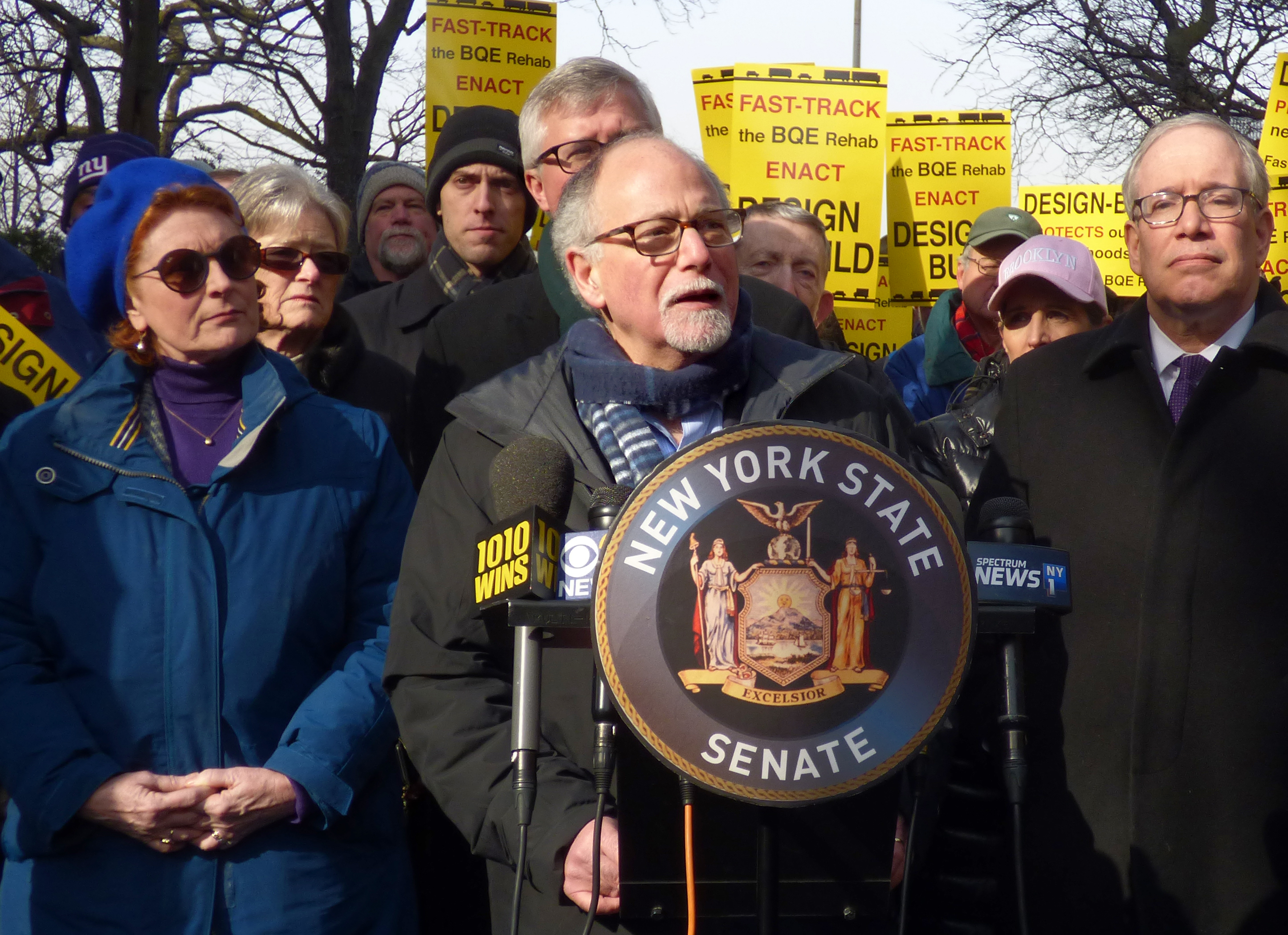Peter Bray to leave post as BHA executive director

Peter Bray will step down as executive director of the Brooklyn Heights Association at the end of June. Eagle file photo by Mary Frost
Peter Bray, executive director of the Brooklyn Heights Association since 2015, has announced he’s stepping down at the end of June because of a serious health issue in his family, and the BHA has begun a search for a new director.
From the moment he came on board, Bray recalled, he was confronted by big issues in the community.
Perhaps the most visible has been the drive for an alternative with less negative impact to the community to replace the city’s plan for a temporary six-lane highway on top of the Promenade to facilitate reconstruction of the BQE’s Triple Cantilever section.

Brooklyn Heights
View MoreRead the Brooklyn Height's Press and Cobble Hill News. Find out more about Brooklyn Height's History here.